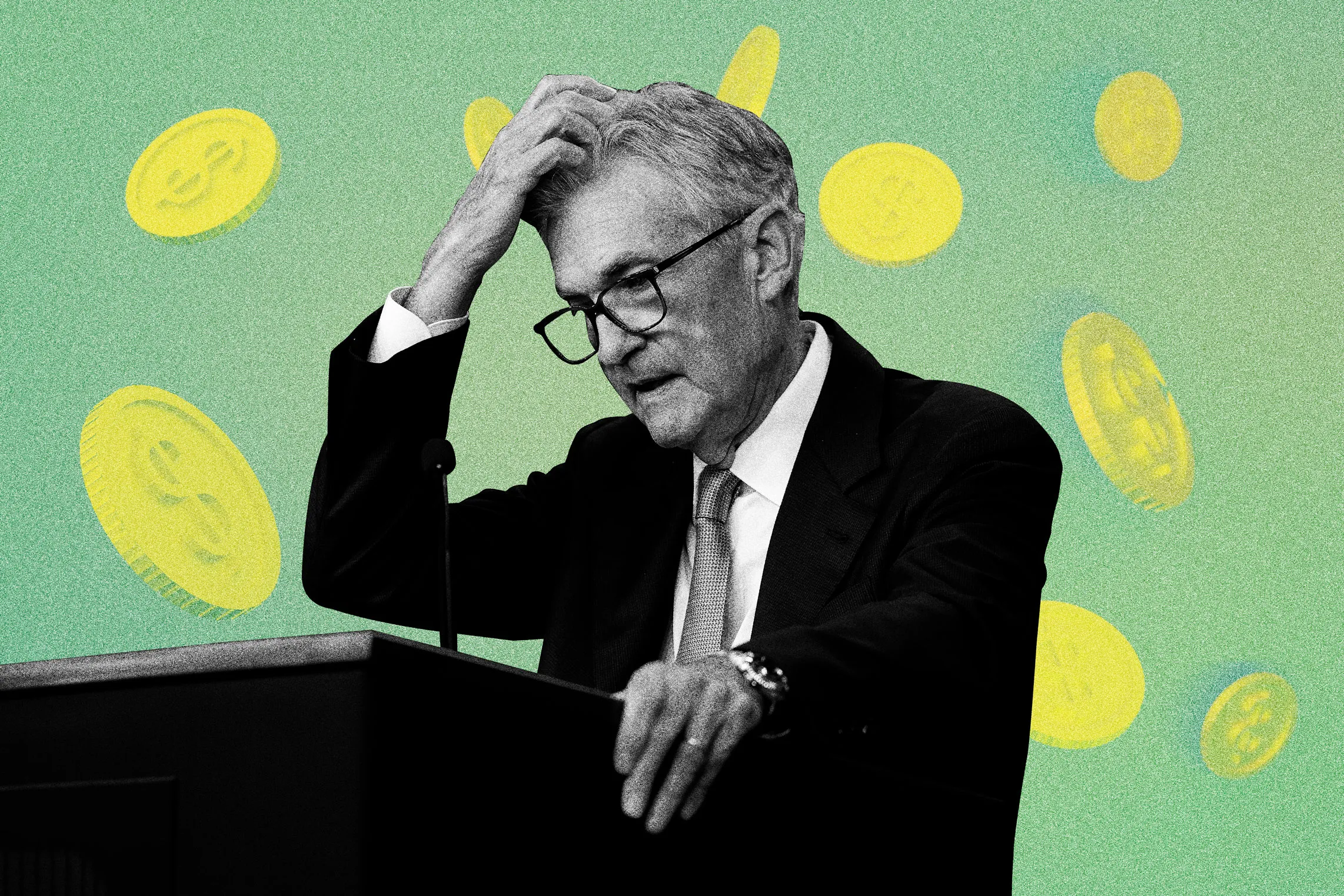It’s all but certain that the next move Americans see from the Federal Reserve will be a second interest rate cut. The real question is whether officials will “go big” again with another half-percentage-point reduction.
The next rate decision won’t be announced until Nov. 7, but discussions are already very active about how much the Fed should cut — 25 or 50 basis points. And while a vast amount of data and debate will inform the move, it really boils down to choosing which side of the rate-setting committee’s “dual mandate” to prioritize.
One of the central bank’s main jobs is to control prices. The Fed targets a 2% annual pace of inflation over the long run, and you’ll recall that interest rates were hiked in the first place to get post-pandemic inflation in check. When interest rates are high, borrowing is expensive, and consumers get discouraged from spending money.
Now, after years of painful price increases, core PCE inflation (the Fed’s preferred gauge) is finally at 2.7%: not too far off that target. This progress gave the Fed the confidence to enact a half-point rate cut on Sept. 18 — the first since 2020.
Could inflation creep back up? Maybe, and if that’s your main concern, you’d probably side with keeping interest rates higher. In this situation, that would mean going for a smaller rate cut than last time — opting instead for a 25-basis-point cut.
The Fed’s other responsibility is to support employment, which it may do here by lowering interest rates more aggressively. By driving up demand for goods and services, a 50-basis-point cut would give a bigger boost to the labor market, which is still strong by many measures but showing signs of weakening.
Jamie Cox, managing partner for Harris Financial Group, said the most recent inflation data is close enough to 2% that the Fed can be aggressive. “It’s now all about spending and keeping the economy strong,” he wrote in a recent note. “Another .50 in November is likely.”
However, Fed Chair Jerome Powell himself tempered expectations of a 50-basis-point reduction at an event earlier this week in Nashville.
“This is not a committee that feels like it’s in a hurry to cut rates quickly,” he said. “If the economy performs as expected, that would mean two more cuts this year.”
His comments were in line with broader projections from officials last month that predicted two quarter-point cuts at the Fed committee’s two remaining meetings in 2024. But you can’t always read too much into “Fedspeak,” in part because officials know that hawkish comments (those that suggest higher interest rates) can themselves be strategic to manage inflation. So they’re watching what they’re saying.
However, Emily Hill, CEO at Bowersock Capital Partners in Lawrence, Kansas, said in a note that she’s choosing to believe Powell, adding, “This Fed is quite adept at preparing the market in advance for its actions. We are taking them at face value here and are expecting two more 25 basis point cuts before year-end.”
How much will the Fed cut rates in November?
Following Powell’s comments about being in no rush to cut, market observers shifted more to the side of predicting a smaller rate cut. According to a Wednesday report from Bank of America analysts, the market is currently pricing in about 34 basis points of rate cuts next month — a number that is, of course, pretty close to the midpoint of 25 and 50.
Notably, Powell also said on Monday that “we are not on any preset course.” And upcoming inflation or employment data could sway the Fed’s rate-setting committee in either direction.
The September jobs report comes out Friday. Last month, the jobs data for August showed an unemployment rate of 4.2%, which is still great by historical standards but up from a recent low of 3.4% in April 2023. The report also showed that the economy added 142,000 jobs — more than expected.
Another solid jobs report this week would likely reduce the chances of a 50 basis point cut at the next meeting as there would be less urgency for the Fed to try to stimulate economic growth and hiring.
Jeffrey Roach, chief economist for LPL Financial, said he expects the unemployment rate to inch up in Friday’s data release — but not enough to convince the Fed that a half-point cut is the right move.
“The Fed will likely cut by a quarter point at each of the remaining meetings this year unless we see unexpected deteriorating conditions,” he wrote in a note.
No matter what happens at the end of this week, the possibility of a larger cut will remain in play because there’s yet-to-be-released inflation data for September coming soon, as well as one more jobs report due before the Fed convenes next month.
“We think the market is likely to focus most on labor data in the weeks ahead but must acknowledge inflation data could also support another 50bp cut in [November],” the Bank of America analysts said.
At the end of the day, it only matters so much if the next cut is 25 basis points or 50. The bottom line is that the Fed is finally in a long-awaited cutting cycle, and that’s good news for investors and consumers.
“As the Fed cuts rates — especially in the absence of recessionary growth — it is a great tailwind for both stock and bond markets and should eventually provide some relief for those consumers that are more interest-rate sensitive,” Chris Zaccarelli, chief investment officer for Independent Advisor Alliance in Charlotte, North Carolina, said in recent commentary.
More from Money:
This Is the Most Boring (but Effective) Way to Become a Millionaire
3 Smart Moves for Investors After the Fed’s Interest Rate Cut
How Powerful Is Fed Chair Jerome Powell, Really?
